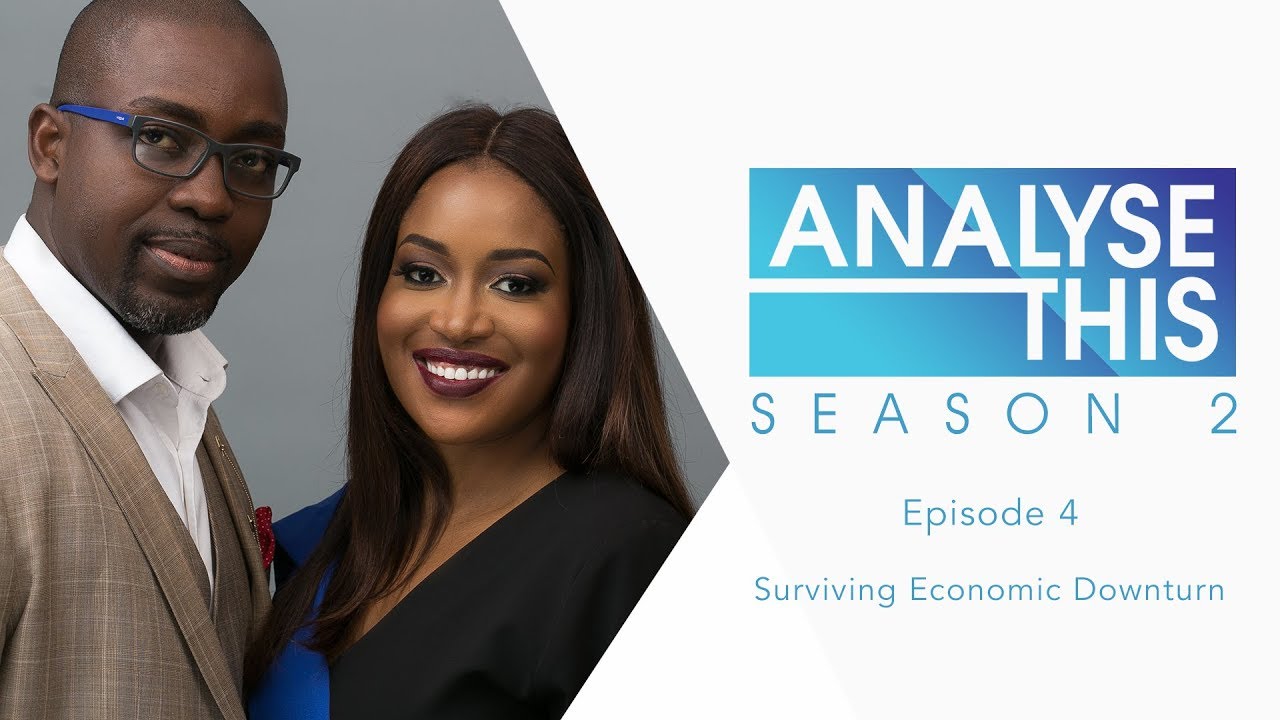5 Ways to Handle Difficult Clients
For every entrepreneur, dealing with a difficult client is usually tiring, but it appears to be an integral part of doing business.
Usually, they’re difficult because they’re unhappy with the service you have provided. Sometimes, they could simply have a personality that clashes with your company’s values, or they have expectations that are far from reality.
Even the greatest entrepreneurs deal with difficult clients, in fact, Bill Gates once said, “Your most unhappy customers are your greatest source of learning.”
Oftentimes, when you’re faced with a difficult client in your service business, it can be hard to know what to do. Here are 5 ways to handle difficult clients:
1) Listen
Often, a difficult client feels as though the process has run away with them, and they want to be heard. Simply taking the time to listen to their problems without getting defensive could be all that’s needed to solve the issue.
Make sure your client understands that you’re focused on their problem and you are willing to improve your services to satisfy them. Ask follow-up questions, repeat their statements back to them, and acknowledge that you’ve heard and understood. Ask them to clarify so you can get to the root of the issue.
2) Give a prompt reply
As soon as a client raises an issue, prioritize sorting out the problem, give them the assurance that you’re working on the issue. In a way, this gives the client some sort of validation. You’re not accepting the blame, but this is in a bid to establish good communication in a bid to sort out the issue.
3) Figure out your mistake
More often than not, client problems arise when they have expectations that are out of alignment with the service you deliver, or when a communication issue has made them believe one thing, when actually the opposite is true.
Check your records to know where things went wrong (if they did in fact go wrong), and how you might be able to improve processes or communication in the future.
It is not out of place that the client is wrong, if this is the case, point to the relevant clauses in their contract or letter of agreement, and explain that you’re happy to wipe the slate clean, but with a careful outline of what you actually mean because of the phrase “customers are always right”
4) Offer a solution
This is usually not about admitting you’re wrong, but in finding a way to solve the problem for the client without losing your reputation in the process. If you’re in the wrong, admit it upfront, and show the client how you’ll make amends and get their project back on track.
5) Review and learn
Evaluate what happened and figure out how such mistake could have been avoided. Also, pick a lesson or two from it to avoid similar mistakes in the future. However, if this does not work, you can refer them elsewhere.
Just because a client isn’t the right fit for your business, doesn’t mean they won’t find the help they need somewhere else. Find some potential firms the client may wish to engage. Once they’ve engaged a new service, help them to move their data across.
In conclusion, Difficult clients drain resources, energy, and money from your business, but the way you deal with them also provides a valuable learning experience for anyone in business. Clients are just people, after all – people with a very specific set of needs you’re trying to fulfill – and learning how to deal with all types of people makes you a stronger, better business owner.




